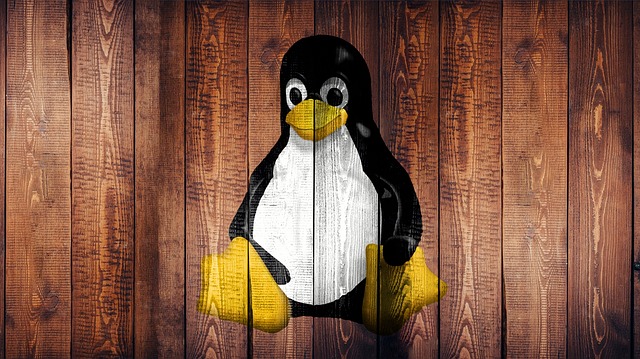Getty Images/iStockphoto
MX Linux is currently listed as the most downloaded Linux distribution on Distrowatch. This might come as a surprise to a lot of people, especially given it ranks above Linux Mint, Pop!_OS, and Ubuntu. For those who’ve never heard of MX Linux, it’s based on Debian’s stable branch as a cooperative venture between antiX and what’s left of the MEPIS Linux communities. With Xfce as its default desktop (you can also download spins with either the KDE Plasma or Fluxbox desktops), it’s a user-friendly, fast operating system that is a great option for those new to Linux and even those with years of skill under their belt.
One aspect of MX Linux that appeals to me is that the flagship version (Xfce) looks and feels like old-school Linux but with just enough modernity to make it a viable option for today’s users.
Its focus is ease-of-use and high performance. If you want an even more modern interface, you can choose the KDE Plasma version. You can go with the Fluxbox edition if you need to eke even more performance out of your system.
Included software
Out of the box, MX Linux includes plenty of tools you need to be productive, including: immediately
- Firefox: Web browser
- LibreOffice: Office suite
- Conky: Desktop system monitor
- Thunderbird: Email client
- PDF Arranger: PDF tool
- VLC media player: Media player
- Clementine music player: Music player
- LuckyBackup: Backup and Sync tool
- antiX: Ad Blocker
- Asunder: CD ripper
- Blueman: Bluetooth manager
- Catfish: File search tool
- Clipboard manager
- Foliate: ebook reader
- Thunar: File manager
- Gufw: GUI firewall manager
There’s also a collection of MX Tools, which makes it easy to do things like configuring Samba, manage repositories for APT, snapshot management, system updates, menu editing, cleanup, job scheduling, and boot repair, disk management, codecs installation, user management, and more.
The MX Samba Config tool alone is worth the price of entry (which is, of course, free). The one caveat to the MX Samba Config tool (which is something that should really be addressed) is that even though it does include a Samba User Management feature, you cannot add or enable new Samba users from this GUI. Instead, you must first add/enable Samba users with the commands:
sudo smbpasswd -a USER sudo smbpasswd -e USER
Where USER is the username you’re adding. That user, of course, must already be in the system. We may never know why this feature isn’t a part of MX Samba Config.
Outside of that one caveat, the MX tools make managing the operating system really simple. One word of warning for new users, some of the MX tools do offer considerable power and should be used with great caution. You can see all of the available MX Tools by opening the desktop menu and clicking MX Tools in the Favorites tab (Figure 1).
Figure 2: The MX Tools app open and ready to go.
Image: Jack Wallen
Another nice addition to MX Linux is the user manual (Figure 3), which covers topics like installation, configuration, basic usage, software management, and advanced use. This manual can be accessed directly from the desktop, along with a handy FAQ tool.



























+ There are no comments
Add yours